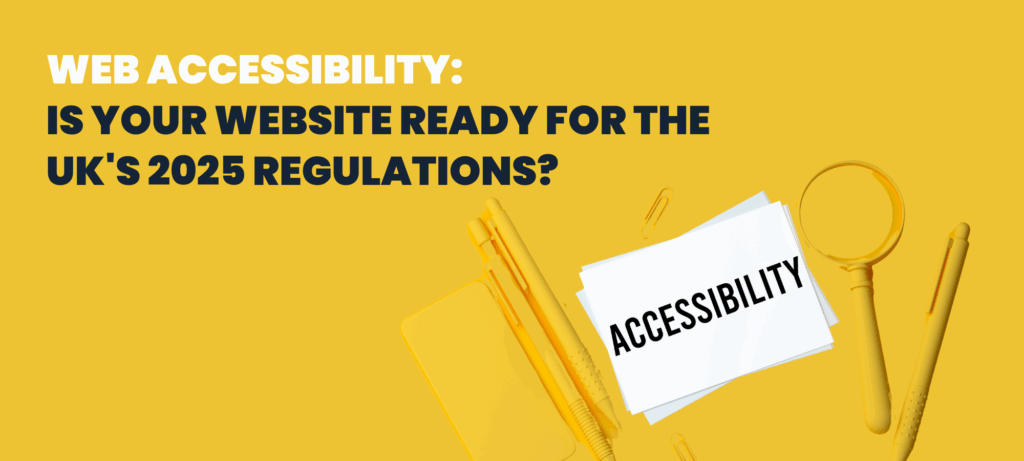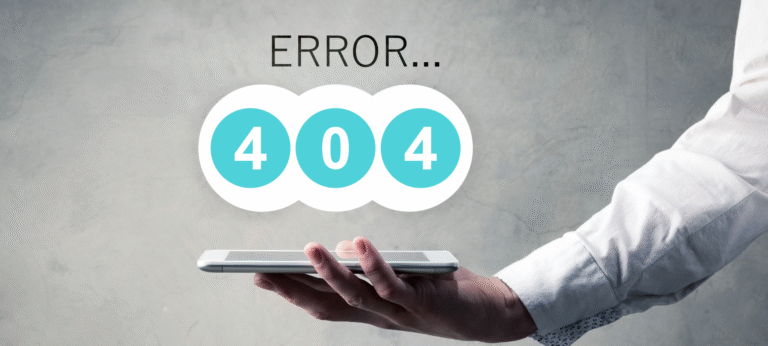A practical guide for law firms, professional services, and UK businesses.
Have you checked whether your website meets accessibility standards—or could you be excluding potential clients without realising it?
With UK and EU regulations tightening in 2025, will your site stand up to legal, reputational, and financial risks?
This guide gives you the clear answer. We’ll explain what the new rules mean in practice, what “good” looks like, and how to get compliant quickly.
By the end, you’ll understand:
- The legal requirements under the Equality Act 2010, WCAG 2.2 AA, and the European Accessibility Act (EAA)
- A 30-day action plan to become compliant
- The ROI of accessibility vs inaccessibility
- How firms like yours are already benefiting from accessible websites
Why This Matters in 2025
Two major shifts define the year:
- UK Private Sector — The Equality Act 2010 requires reasonable adjustments for disabled users. That duty now extends clearly to websites.
- EU Market — The European Accessibility Act (EAA) became enforceable on 28 June 2025. If you sell services or products to EU consumers, your site must meet EN 301 549, which maps to WCAG 2.1 AA.
Bottom line: Treat WCAG 2.2 AA as the baseline for UK compliance. If you trade with EU clients, align with WCAG 2.1 AA / EN 301 549 as well.
What “Good” Looks Like (WCAG 2.2 AA Checklist)
Accessible websites follow a clear set of principles. Start with these:
- Alt text for images and captions for media
- Strong colour contrast for readability
- Full keyboard access (no mouse required)
- Clear focus styles for links and buttons
- Logical headings (H1–H6) and ARIA landmarks
- Accessible forms with labels and error messages
- Meaningful links and buttons (“Download pricing guide”)
- Mobile responsiveness and zoom support (200%+)
- Timeout warnings with extensions for users
- Skip links for navigation
- Language tags and plain English
- Assistive tech compatibility (name/role/state exposed)
ROI: Accessible vs Inaccessible Websites
| Approach | What You Get | ROI Impact |
| Inaccessible Website | Design-only, poor contrast, missing alt text, no statement | High risk: excluded users, legal exposure, lost clients, reputational damage |
| Accessible Website (WCAG AA) | Inclusive design, compliance statement, clear navigation | Low risk: broader audience reach, stronger SEO, lower bounce rate, brand trust |
Accessibility isn’t just compliance—it improves usability for all visitors, boosting conversions.
Proof in Practice
Fountain Solicitors — After upgrading to an accessibility-first website with clear forms, alt text, and compliance built-in, they increased enquiries to 60+ per month and expanded from 1 to 5 offices.
Hair by Imad — When accessibility and SEO were integrated together, his business saw a 700% increase in online bookings, proving inclusive design isn’t just ethical—it’s profitable.
How to Get “2025-Ready” in 30 Days
Week 1: Audit & triage — Run automated + manual WCAG 2.2 AA checks. Prioritise navigation, forms, and contrast issues.
Week 2: Fix top blockers — Address keyboard traps, labels, focus order, and colour contrast.
Week 3: Structure & content — Rewrite jargon-heavy content in plain English, fix headings and link names.
Week 4: Policy & proof — Publish an Accessibility Statement, add a feedback channel, and document fixes.
Your 72-Hour Plan If Someone Flags an Accessibility Issue
- Acknowledge within 1 business day and provide a workaround.
- Replicate & scope the issue—log severity and affected pages.
- Fix & retest using keyboard and screen readers.
- Respond & record in your accessibility statement.
If the issue blocks a disabled user from accessing services, treat it as an Equality Act compliance risk.
Final Thought
Accessibility in 2025 is more than a checkbox—it’s a business advantage. A compliant, inclusive website reduces legal risk, builds trust, and opens your services to a wider audience.
Want a fast, plain-English audit with a 30-day fix plan? Book a More Clients From Your Website Call, or explore transparent options on our Pricing Page.





